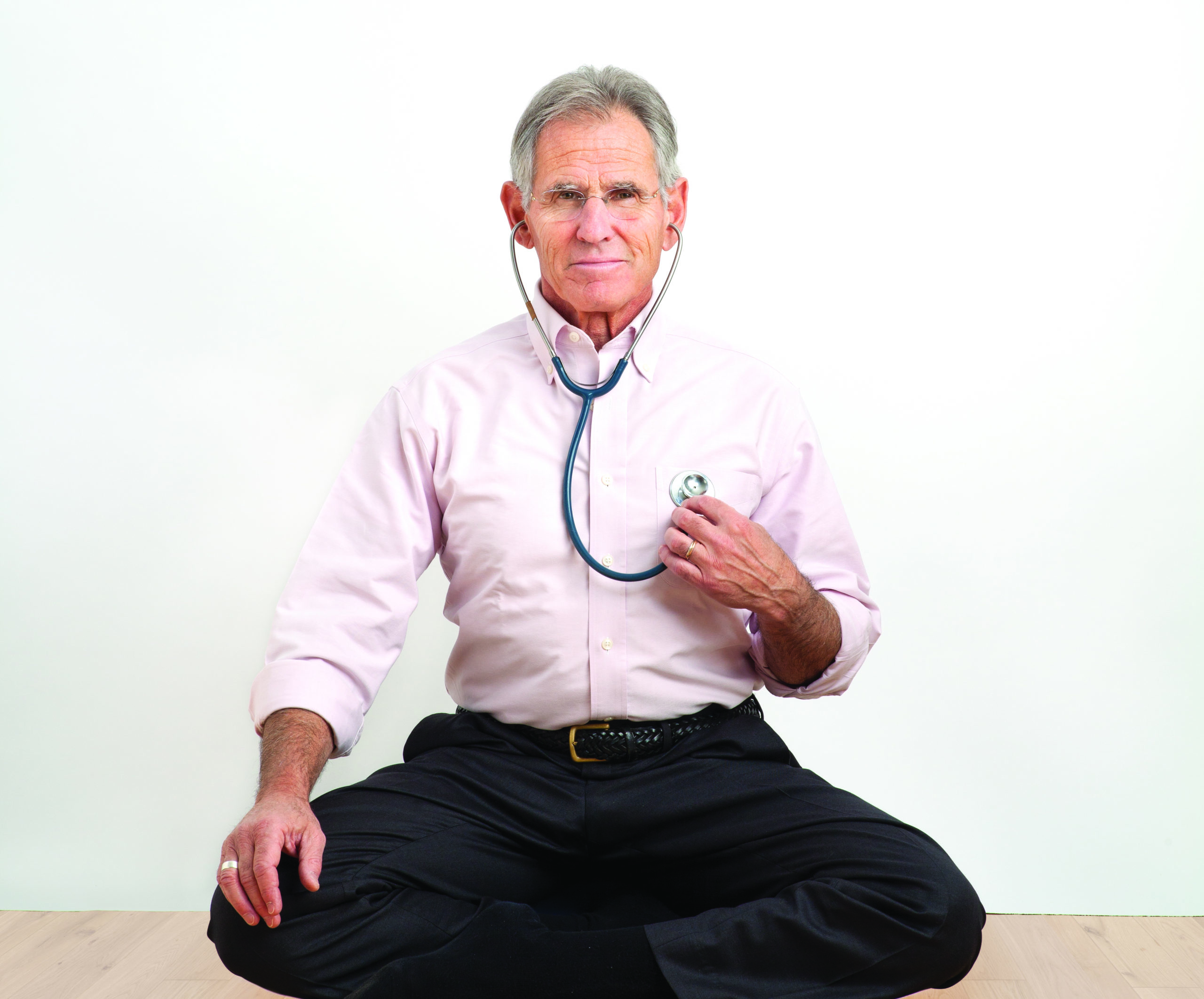How can the concept of taking our seat serve us in the midst of our current challenges? Many of us are familiar with this phrase: A meditation teacher may say “Let’s start by taking our seat” to signal the transition into beginning our practice. But it can also be meaningful outside of seated, formal mindfulness practice. I have been considering this perspective of “taking my seat” as a metaphor for developing the capacity of how I want to move through the world, especially now.
In taking our seat, whatever that posture looks like for you, we begin by establishing a solid base, a foundation. We cultivate some stability, strength, and a sense of being grounded. It is this steady base that forms the foundation for the rest of our practice and our capacity to cultivate calm, insight, and open-heartedness. Once our base is established, we can begin to open up with balance and equanimity to whatever is arising. In practice, as in life, it is crucial to cultivate this sense of balance and stability so we aren’t buffeted around by the difficulties in our lives and the world. We are developing the capacity to be steady amid life’s challenges.
The capacity to open and touch into our vulnerability is a key aspect of moving towards working with our experience in an open and loving way.
With this stability, we now have the framework to release and soften around that foundation. In softening and letting go, we begin to invite a sense of ease and calm. The inherent safety in the strength of the posture is supportive of ease, as we consciously cultivate calm through our practice. This capacity to open and touch into our vulnerability is a key aspect of moving towards working with our experience in an open and loving way. As we move through the world with the support of a solid foundation, we can also now come to the edge of difficult experiences and emotions and begin to soften and open to the vulnerability.
And finally from the stability and support of the posture and the calm we have cultivated in body and mind, we begin to see more clearly as we open to what is arising in our moment-by-moment experience with more grace, compassion, and insight.
Here are some practical tips to support you wherever you are in this process:
Cultivating a Steady and Solid Foundation
Body-based practices can be useful to support a sense of stability.
- Practice a body scan, moving slowly from the feet to the head, connecting with the felt sense of the body.
- Bring attention to the contact points, the place where the body is in contact with something else (feet on floor, backs of legs on chair, hands on lap…).
- Try sensing into the experience of the spine rising up from your seated position.
- If you prefer visualization, picture yourself like a tree rooted in the ground or sitting strong and steady like a mountain.
- These can all be done in formal practice, or at any time throughout the day, to cultivate stability.
Invite in Calm and Ease
This can be a simple as a conscious invitation to release and soften just a little more.
- Mindful breathing practices can help to support calm and ease; feeling the breath moving in the body—just this in-breath and just this out-breath.
- Try adding in words such as, in calm, out peace. Or use a visual such as in lake, out calm and clear.
- A longer exhale can help to calm the nervous system. Try using a few silent sighs to release tension.
- An additional way to support calm is directing your attention to any of the senses. One of my favorite practices is to close my eyes and just listen to sound. Simply letting sound come in and out of awareness.
Skillfully Open Up to What is Arising
- Name the emotion and feel it in the body with kindness and compassion.
To support acceptance of whatever is arising, I sometimes add an inner smile as I give my feelings a nod and say, “ahh yes, I see you fear ….”. These are the first two steps of RAIN, a practice for working with difficult emotions. Recognize and Accept what is arising.
- Then, Investigate by feeling the emotion in the body and dropping the story. I find gently asking a few questions to be useful. I may ask myself, “What does this feeling need from me or what is it trying to tell me or how does it want me to be with it?” No need to search for an answer, simply ask and then let it be.
- The final step of RAIN is Nurture. In opening to what is arising, especially with difficult emotions, it is most helpful to relate with self-compassion. I put my hand on my heart and say, “It’s okay, I am here for you.” Choose words and/or touch that feels comfortable and supportive, and encourages kindness toward yourself and whatever is arising.
May we all feel balanced and stable.
May we all live with ease and calm.
And may we move through life with wisdom and grace.
read more
A Mindfulness Practice for Nonjudgmental Awareness
Explore this 15-minute guided meditation to open up some space for yourself to sit with what is, rather than what if.
Read More
A 12-Minute Meditation for Rediscovering Your Essence
In this guided meditation, Cara Bradley invites you to imagine stepping off the noisy city street into a quiet courtyard, a space where the chaos begins to fade, and your breath becomes your guide to calmness and clarity.
Read More
A 12-Minute Meditation for Cultivating Daily Gratitude
In this guided meditation, Kim Armstrong walks you through a simple practice to expand your capacity for gratitude in the everyday moments of life.
Read More









